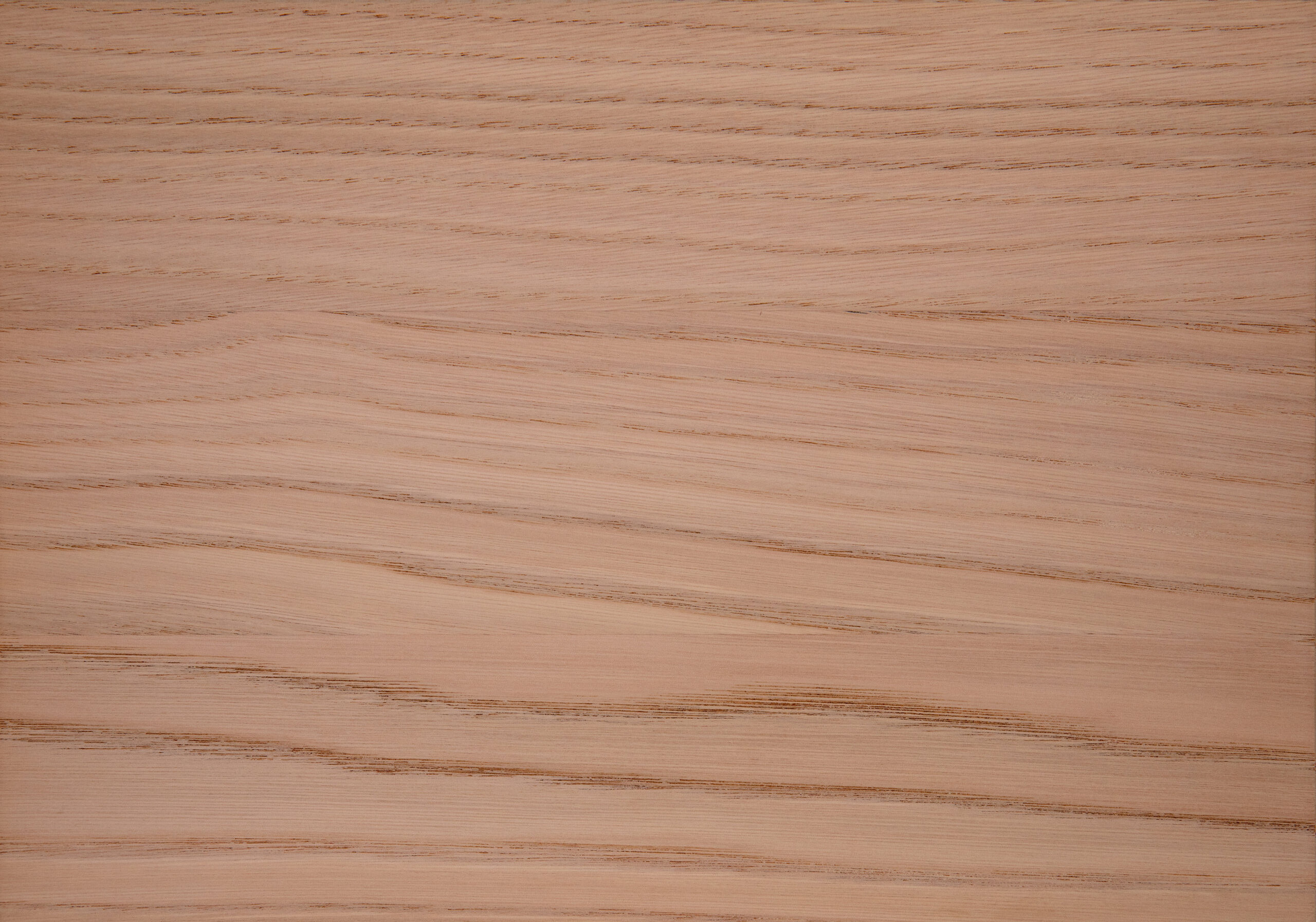Sweet Chestnut / Chestnut
bot. Castanea sativa

No other tree species can offer such a versatile use as the sweet chestnut. Wherever this tree species grew, people settled down. For a long time, it was an indispensable source of food for the inhabitants of mountain areas on the southern side of the Alps. Where long and harsh winters prevailed, the sweet chestnut was an important source of carbohydrates.
Comments
Sapwood sparse, heartwood fairly fungus and weather resistant. Sapwood not weather resistant. Durable in water.
Hardness grade
12 - 23 Brinell
Color
Heartwood pale to dark brown.
Color change
Darkening.
The heat and light loving sweet chestnut prefers fresh, loose and deep, acidic soils. It is extremely sensitive to late frost. Accordingly, well over 90% of all sweet chestnuts thrive on the southern side of the Alps, where around 100 different varieties can be found. The knotty fruit tree grows to a height of 20 – 30 m, occasionally up to 35 m, depending on the location. Chestnut trees can grow to be a remarkable 400 – 600 years old, and sometimes even more than 1000 years old.
The extremely durable and flexible chestnut wood can be used for various purposes. Thanks to its quality and resistance, it is used in avalanche and hydraulic engineering, as well as in shipbuilding and for telegraph poles, railway sleepers, pergolas, children’s playgrounds, and barrel staves.
Origin
- Originally cultivated in the Caucasus, the chestnut tree spread via Asia Minor and Greece to Italy, from where the Romans brought it further into Europe.
- In Switzerland, chestnuts are mainly found on the southern side of the Alps. The sweet chestnuts on the northern side of the Alps grow mainly in the milder areas around Lake Lucerne, Lake Zug and Lake Walen, as well as on Lake Geneva and in the Lower Valais.
Wood character
- Narrow, grey to yellowish-white sapwood clearly distinguishes itself from the heartwood.
- The coarse-pored wood often has a striking striped pattern and is therefore popular in furniture making.
Use
- Application in furniture and interior design.
Characteristics
Weight: 620 KG/M³
Weight (Average bulk density air dry, ᵨ 12...15)
Average hardness: 20 N/MM²
Average hardness according to Brinell (radial)
Stability: gut
Dimensional and form stability
Durability: dauerhaft
Natural durability according to DIN-EN 350-2


